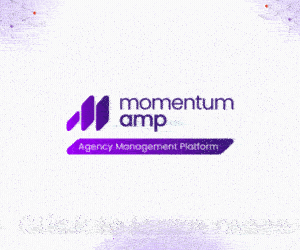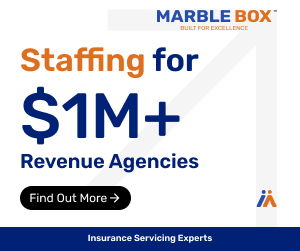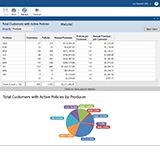By Mike Policastro
February 28, 2011
Agencies with specific actions in place to maximize account retention tend to outperform those having less formal retention efforts. In this issue of Agency Insights we will discuss a variety of retention techniques that agencies can consider.
Retention Performance Tracking
When asked about their retention ratios, agency owners will often give answers like “we retain between 85% and 90% of our accounts. ” Yet, when asked for a copy of their latest account retention report, they either don’t have one or the one they refer to was created years ago.
Consider tracking account retention regularly and not just at the agency level. Also track it at the CSR level. At the time of CSR performance reviews, their account retention should be reviewed and discussed. It should be a material component of CSR performance planning at the beginning of each year and of their performance review at the close of each year. Salary and bonus evaluations should include recognition of the retention performance of the CSR. Constructive dialogue regarding customer relationship management, service behaviors, and anything that may improve the customer experience should be discussed.
Entering “Activities” in the Agency Management System
Activities in the agency management system can be established to tie the producers and CSRs to meeting the various contact and service commitments made to each client at the time the account was written (or at the time of its last account review). Commitments such as timing for periodic contact, renewal reviews, stewardship reports, claim reviews, etc. should be entered in activities for timely follow through.
Needs Assessments
With every new prospect, a needs assessment should be conducted. Each agency should create a simple tool to facilitate the assessment. Usually the tool consists of a list of the questions or topics that should be covered. The needs assessment starts the relationship by differentiating the agency from commodity agencies that simply shop the existing coverage for a cheaper price. It establishes the agency as one that prides itself on understanding the prospect’s insurance needs, risk tolerance, future contact and service expectations and then offering a customized plan to deliver all of that.
The needs assessment helps the prospect reveal what is important to him or her. It also helps the prospect understand the benefits and trade-offs of having certain coverages, deductibles or limits. It enables the agency to customize its program so it covers the client’s assets, manages the client’s costs and delivers the type of customer contact and level of service that can be most valued by the client. For some, the going forward relationship may mean semi-annual face to face reviews. For others, it may mean frequent telephone or email contacts.
Periodic “Touch Base” Contacts
At any point in time, some of your existing customers can have issues that develop, or changes in their businesses or their individual lives that can impact their insurance needs. One way to identify these situations, and reduce the likelihood that the client will seek advice elsewhere, is through scheduling periodic contacts.
For larger accounts, periodic contacts can be accomplished by having each producer schedule a couple of hours per week to make appropriate phone calls. Where the phone discussions reveal a situation that would best be handled by a visit, it can then be scheduled. Calls on at least a quarterly basis to larger accounts usually make sense. The agency management system can be used to trigger the producers’ phone calls to clients.
For smaller commercial or benefits accounts, and some larger personal lines accounts, emails may be the best way to initially reach out. The important thing is to have the producers schedule a specific time every week to make these periodic contacts. They can contact 5 to 10 clients each week to check in with them and see how things are going. In many cases they will just be leaving messages, but they will be reinforcing the interest they have in their clients’ well being and may be improving retention at the same time.
In some cases, these periodic contacts can surface issues to address before they get out of hand, and, in other cases, new sales may develop.
Email Blasts
Many agencies have recognized the benefit of creating email lists of their clients and using the lists to regularly share useful information with them. They position their agencies experience with certain industries. Many have a goal of assuring that their customers hear from them in a positive way at least six times each year. They subscribe to email newsletter services or schedule the internal development of consistent communications to all their customers on subjects such as safety, defensive driving, what to do in a hurricane, or what to do in an ice storm.
















